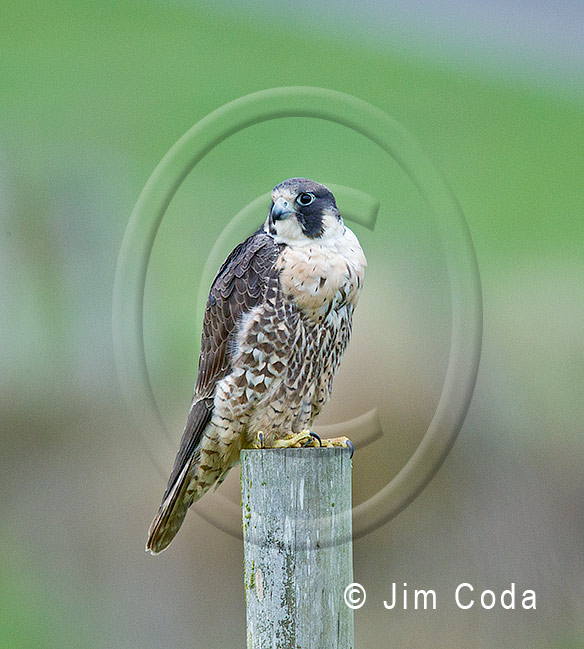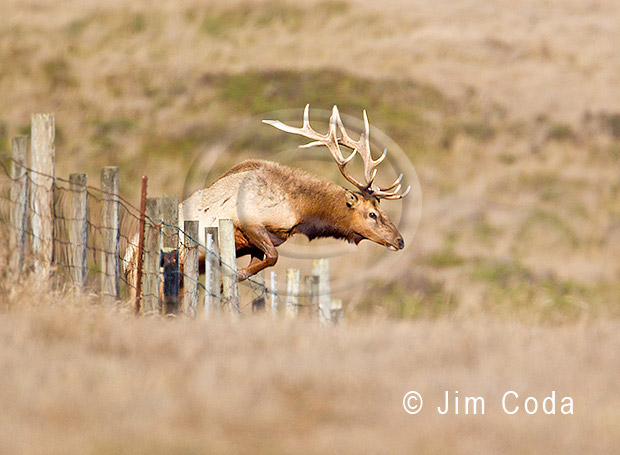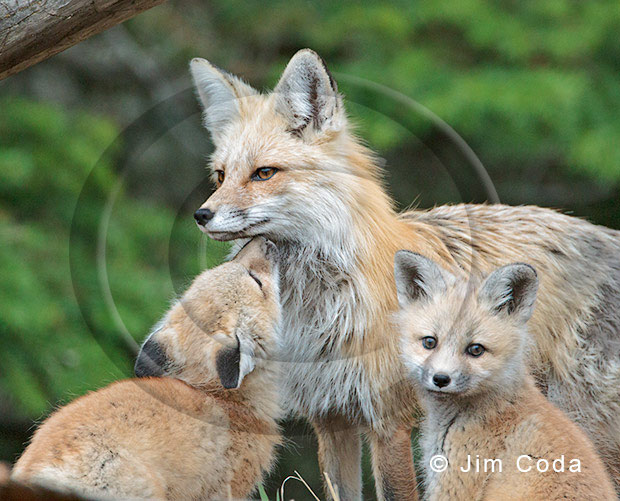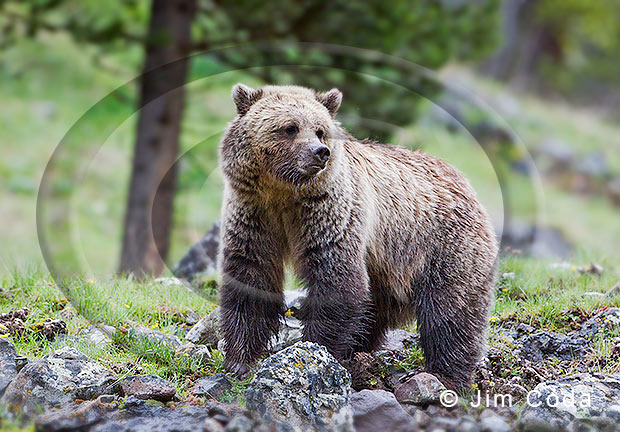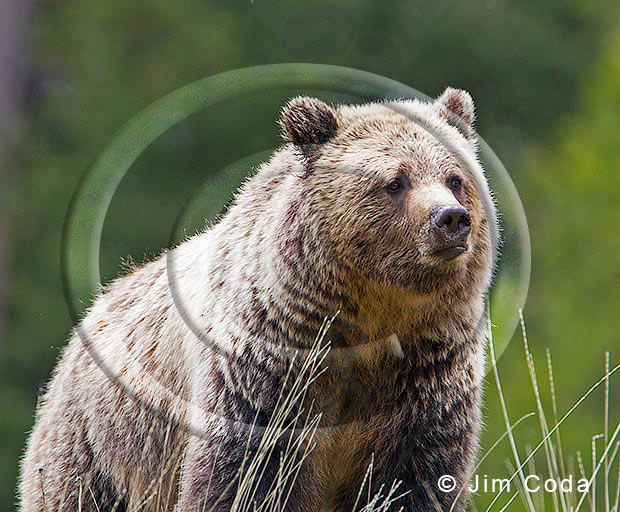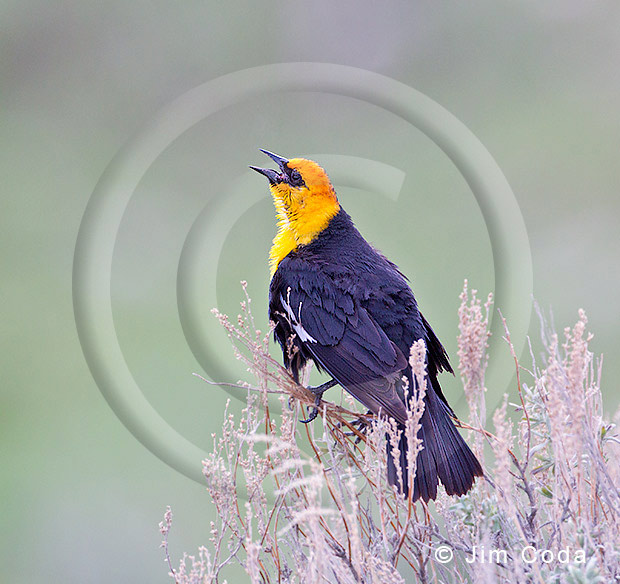My Record Day for Coyotes and Bobcats at Point Reyes National Seashore, Plus a Badger
I was at Point Reyes National Seashore yesterday from about noon to dark and saw ten coyotes and eight bobcats. That was a record day (and half day) for me for both critters. Plus, I started the afternoon with a badger taking a sunbath. Here’s a photo of the badger. Light was harsh and the badger was mostly napping, so I didn’t stay long to wait for a better photo.

As I said, I saw eight bobcats. One was walking toward a coyote, unbeknownst to both of them. They were walking toward each other at right angles. When they finally saw each other, the coyote gave chase and the bobcat made it to some trees and scrub brush. Here’s another bobcat at about sundown. Better light than the badger.

Here’s a coyote from earlier in the day. It has a lighter coat than average. My coyote count went up very quickly at the end of the day. Right after coyote #6 chased the bobcat, a pack of four coyotes came by when I was in the same location. I had heard them howling shortly before I saw them. It’s the first time I saw more than three coyotes together at Point Reyes.
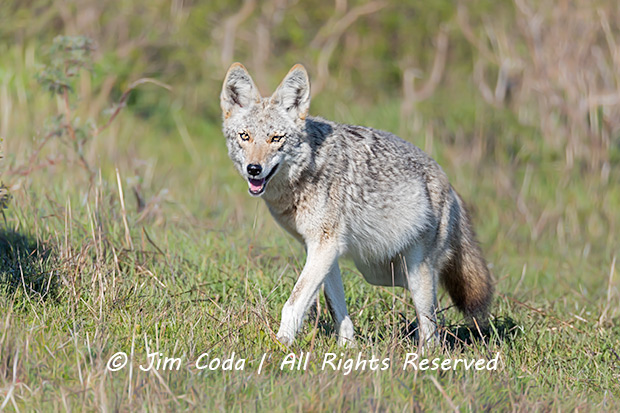
I kind of wish I had gotten there at or before sunrise. I might have added a few more coyotes and bobcats to the day and to my personal record.


